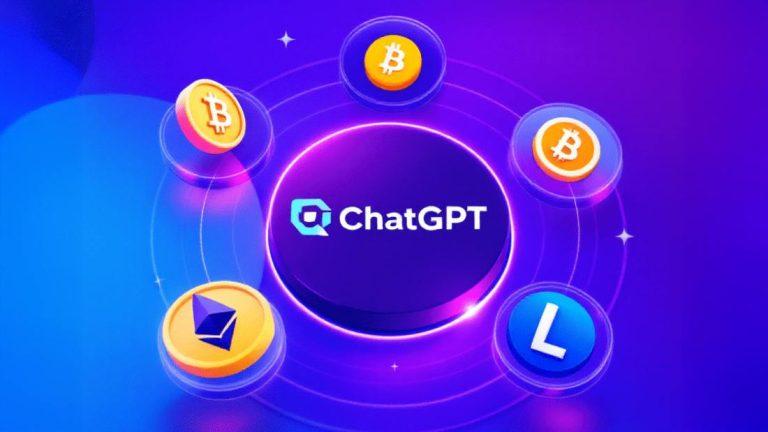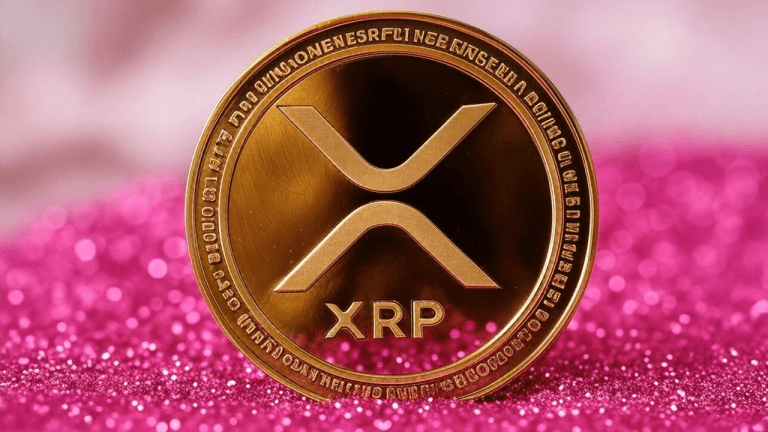
What is NFT staking and how to earn income from NFTs?

NFTs are tokenized assets that can be staked and maintained secure on NFT staking platforms.
We all know about staking cryptocurrencies, whereby you make a return on your investment. Nowadays, you can also make money by staking your nonfungible tokens (NFTs)! By staking your nonfungible tokens (NFTs) on NFT staking platforms, you can make additional returns on your investment. NFTs have become even more attractive due to this development.
More and more people are looking for new ways to make money without having to work for it. Passive income used to be something wealthy people could get through the bank because the interest rates on savings accounts were quite high. Nowadays, you hardly receive any interest on your money in the bank; in some cases, you even have to pay for your savings! Due to the relatively high rewards for staking cryptocurrencies and NFTs, a new-age alternative has been found.
Related: The NFT marketplace: How to buy and sell nonfungible tokens
What is NFT staking?
Staking your NFTs is a way to put your unique token to work on the blockchain. Often NFTs are associated with digital images, such as the Bored Ape Yacht Club collection, but they can be all kinds of objects, from digital art to video files to items in a game. NFT staking means that you attach your nonfungible tokens to a platform or protocol. In exchange for this action, you receive staking rewards. In this way, you can earn extra while you remain the owner of the NFT.
You can compare this way of staking with decentralized finance (DeFi) yield farming, where cryptocurrencies are lent or deployed to liquidity providers to earn rewards through interest or the transaction costs incurred by others. This way of earning interest is similar to that earned through a bank but in this case, there is no middleman. NFT staking belongs to the decentralized finance world while the banking form is centralized.
How does NFT staking work?
NFT staking works the same as staking cryptocurrencies because NFTs are tokenized assets. Also, for NFTs, not every nonfungible token can be staked, just as this is not possible for every token. Because NFTs are tokenized assets, you can deploy them on NFT staking platforms where you can keep them safe. This is possible via a smart contract on the appropriate blockchain protocol.
Even though staking NFTs is a relatively new concept, many NFT holders are very excited about this development. That is because a nonfungible token is unique, making holders reluctant to sell. This is the big difference with cryptocurrencies, where you can easily buy and sell crypto. To stake NFTs, you need a crypto wallet, which must be suitable for the NFT in question.
First, check if your favorite wallet also fits the blockchain on which the NFT is located. Then you need to connect the wallet to the staking platform so you can send your NFTs to the platform. This operation can be compared to staking your coins. Both can be performed by going to the staking section of the platform.
NFT staking rewards
The type of staking rewards that NFT holders can receive for deploying their NFTs depends on the platform and the type of NFT. Most NFT staking platforms offer periodic rewards, which are often paid out daily or weekly. Often, these rewards are paid out in the platform’s utility token, but there are exceptions. Regardless of the token used for staking rewards, you can trade the staking reward tokens and possibly convert them into other cryptocurrencies or fiat money.
In addition, there are also staking platforms that have decentralized autonomous organizations (DAOs). Here, NFT holders can lock their assets into a DAO pool, also known as a NFT staking pool, which allows them to participate in governance tasks on the platform. This often includes voting rights when proposals are made. It is also possible to make the proposals yourself, but this varies by DAO.
Related: Understanding staking pools: The pros and cons of staking cryptocurrency
Because a large portion of the NFTs on the NFT market belong to various blockchain games, there are also various staking opportunities in play-to-earn games such as Axie Infinity (AXS), The Sandbox (SAND) and Splinterlands (SPS). In play-to-earn gaming, you can earn not only crypto but also NFTs. This makes it possible to earn NFTs for free and then stake them!
How to earn passive income staking NFTs?
If you have NFTs in your crypto wallet, you can use them to earn passive income. NFT staking is the newest way to build passive income with blockchain technology. With any source of such income, you must make an investment upfront. Although this can be in money or in time, a passive income through NFTs is primarily achieved through an investment with money.
When looking for a way to build passive income with NFTs, it is helpful to pay attention to a few things, as shown below.

However, this also has its advantages. The popularity of a game can also increase, allowing you to earn from the NFT, itself. It is, therefore, important to do proper research on the NFT as well as on the market, the utility and the staking rewards.
NFT staking platforms
There are countless different NFT staking platforms, which means that one example of a platform is not all telling. To give you a better idea of the variations in this area, we highlight a few NFT staking platforms. Due to the huge rise of play-to-earn NFTs, there are many examples in this area, but did you know that exchanges are also actively engaged in NFT staking?
Binance NFT PowerStation
For the Binance Fan Tokens, there is a staking platform where holders of NFTs can earn by supporting their favorite sports teams. By deploying their NFTs, they can earn additional Binance Fan Tokens. Binance is one of the largest cryptocurrency exchanges, with tens of millions of users worldwide. In addition, Binance provides the most services, including NFT staking, to its users.
Binance Fan Tokens are utility tokens, which are associated with a particular sports team. With this token, token holders can enjoy various privileges. For example, as a token holder, you can benefit from priority ticket sales or have a say in important decisions within the sports club. Binance Fan Tokens are in demand primarily among those in sports clubs, but can also be used by artists or other celebrities, who have a large following.
MOBOX (MBOX)
Another example of the NFT staking platform is the platform of MOBOX, a game built on the blockchain. MOBOX has a metaverse called the MOMOverse, where you can find different NFTs. You can trade these NFTs on MOBOX’s marketplace, but you can also stake them and build a passive income. Each MOMO has different qualities, with its hashing power randomly generated.
When you stake MOMO, you can receive the governance token from MOBOX as a staking reward. The number of the reward is calculated based on the amount of MOMOs you stake. Because each MOMO varies in rarity, the hashing power also varies, which affects the staking rewards. MOBOX is, of course, one of many examples. Well-known NFT games such as Splinterlands and Axie Infinity also offer this service to NFT holders!
What are the best NFTs to stake?
When you decide to stake your NFTs, it is important to have a good idea of what you want to achieve. To find the best NFTs for staking, you will need to know where the opportunities are. Good market research is, therefore, very important. There are different NFTs you can stake, each of which has its own characteristics. Therefore, make sure your strategy is clear to you.
Do you like gaming and want to invest in this industry? Then, for example, an NFT staking platform like Splinterlands is an interesting option for you. This play-to-earn game built on the Ethereum blockchain allows players to earn extra through NFT staking. Always keep in mind that NFTs can also decrease in value, so there are also risks involved in staking your nonfungible token.
Go to Source
Author: Christiaan Vos









